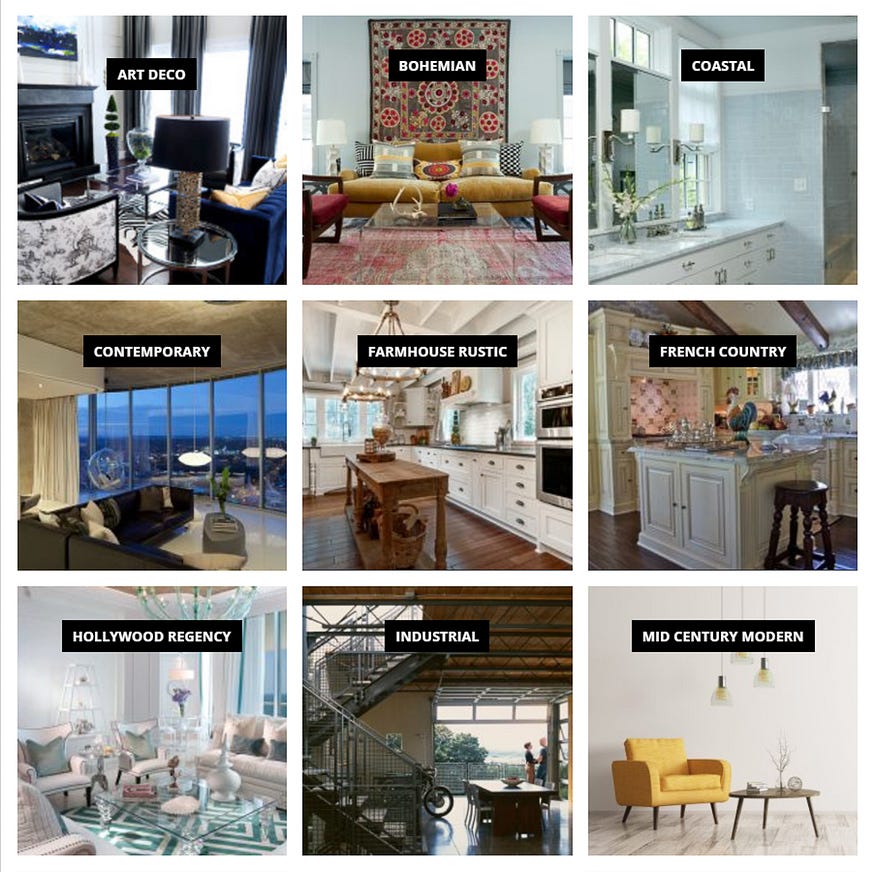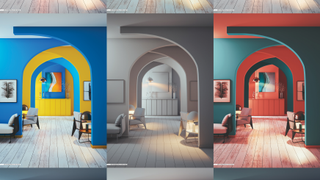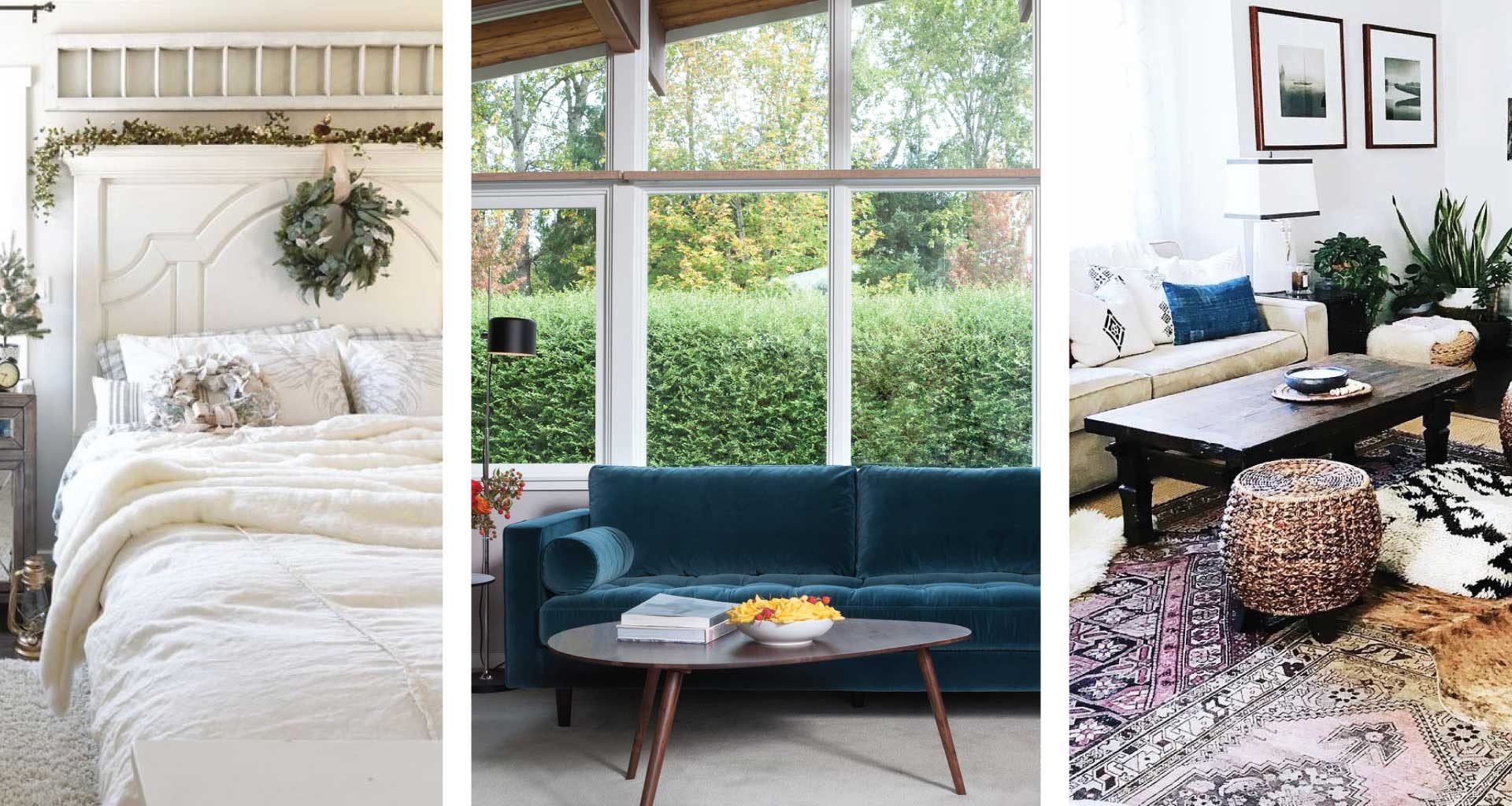Inthe realm of interior design, the possibilities for creating stunning spaces are endless. One exciting trend that has gained popularity in recent years is blending different design styles to create a harmonious and unique aesthetic. Combining disparate styles might seem like a daunting task, but with the right approach, it can result in visually captivating and personally meaningful interiors.
“The details are not the details. They make the design.”
– Charles Eames
Understanding Interior Design Styles
Before we delve into the art of blending styles, it is essential to have a basic understanding of various interior design styles. From the elegance of traditional design to the clean lines of contemporary minimalism, the world of interior design encompasses a wide range of aesthetics.

Some popular styles include:
- Traditional: Classic and timeless, featuring ornate detailing, rich colors, and luxurious fabrics.
- Modern: Emphasizes simplicity, clean lines, and a minimalist approach to decor.
- Industrial: Draws inspiration from urban lofts with raw materials, exposed structures, and a rough, unfinished aesthetic.
- Scandinavian: Known for its light, airy spaces, natural materials, and focus on functionality.
- Bohemian: Eclectic and vibrant, featuring a mix of patterns, textures, and global influences.
- Mid-Century Modern: A retro style characterized by organic shapes, bold colors, and minimalist design.

Finding the Common Ground
Blending different interior design styles successfully starts with finding the common ground between them. Look for shared elements such as color palettes, textures, or design principles that can act as a bridge between the styles. For example, both Scandinavian and modern designs emphasize simplicity and functionality, making them suitable for a cohesive blend. Experiment with combining pieces from each style to create a balanced and visually appealing space.

Creating a Focal Point
An effective way to harmonize different design styles is to create a focal point that draws attention and anchors the space. This can be achieved through a statement piece of furniture, an eye-catching artwork, or a striking architectural element. By carefully selecting and placing the focal point, you can unify the disparate styles and guide the viewer’s eye toward a cohesive design narrative.
Balancing Proportions
When blending different design styles, maintaining a sense of balance is crucial. Pay attention to the proportions of furniture, accessories, and overall spatial arrangement. Mixing styles with similar scales can help create visual harmony. For example, pairing a contemporary sofa with a traditional coffee table of similar size can create a balanced composition. Be mindful of not overcrowding the space with too many elements from different styles, as it can create visual confusion and overwhelm the senses.

Playing with Contrasts
Contrasting elements can add depth and interest to a blended interior. Experiment with juxtaposing styles that have opposing characteristics, such as pairing a sleek, modern chair with a rustic, vintage table. The key is to create intentional contrasts that enhance each style rather than create a clash. By carefully curating and selecting contrasting elements, you can elevate the visual impact of your space.
Harmonizing Color and Materials
Color and materials play a significant role in defining a design style. When blending different styles, it is essential to find a color palette and material selection that can seamlessly tie them together. Choose colors that complement each other and create a cohesive flow throughout the space. Similarly, select materials that can bridge the gap between styles, such as combining the warmth of wood with the sleekness of metal. Harmonizing these elements will help create a unified and visually pleasing interior.

Blending different interior design styles can be a rewarding and creative endeavor. By understanding the characteristics of each style, finding common ground, and employing thoughtful design techniques, you can achieve a harmonious fusion of aesthetics. Remember to create a focal point, balance proportions, play with contrasts, and harmonize colors and materials. Ultimately, the goal is to create a space that reflects your unique personality and tells a compelling design story. So go ahead, unleash your creativity, and master the mix to craft extraordinary interiors that captivate and inspire.
At DOT School of Design, through our comprehensive programs, we empower aspiring designers to explore the principles and techniques in interior design. By fostering creativity and honing their skills, our students are equipped to create spaces that not only showcase aesthetic excellence but also provide a sanctuary for the mind and soul. Discover the beauty of interior design with us at DOT School of Design as we set out on a journey. Learn how to design environments that energize, inspire, and improve the human experience.
For more blogs related to design: https://www.dotsod.in/blog/
Follow DOT School of Design in Facebook, Instagram, LinkedIn, Medium and YouTube

